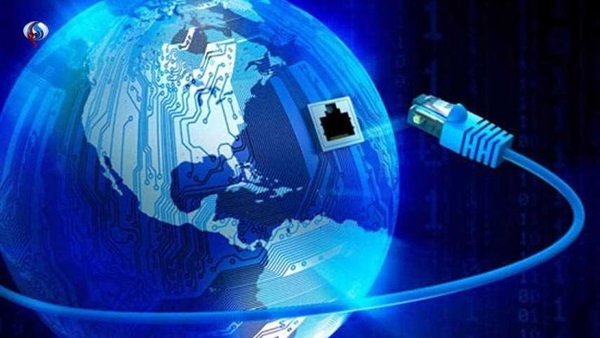Iran squanders $4.5bn to tighten its grip on internet

While Iran is suffering from severe economic crises that
have caused millions of its people to live below the poverty line and struggle
day-to-day, Tehran continues to spend billions of dollars on security and
oppressive tools, with the aim of tightening its grip on the people who aspire
to be liberated from the bond of mullah rule.
Iranian Supreme Leader Ali Khamenei and President Hassan
Rouhani have complained about the severity of the sanctions that burden the
Iranian economy, and Foreign Minister Mohammad Javad Zarif has accused the
United States of being the reason for the plight of the Iranian people because
it funds from reaching Iran and refuses to agree to the International Monetary
Fund (IMF) loan to Tehran worth $5 billion. The government in Tehran wastes
nearly this same amount to spend on building a local internet network subject
to government security and oversight services but not connected to the global
internet, in an effort to isolate the country from the outside world.
The Research Center of the Iranian Shura Council has
admitted to wasting about $4.5 billion on establishing the new network while
hampering users’ access to international websites.
Khamenei has repeatedly criticized the delay in launching this
network, even though the authorities already exercise significant restrictions
on access to the global internet, especially following the protests against the
election fraud in 2009 that favored then-President Mahmoud Ahmadinejad, whose
government had blocked hundreds of thousands of websites. Since then, work has
started on the new local network, which was scheduled to be completed at the
end of 2016, but the Rouhani government has been slow to implement the project
for years, until protests broke out in December 2017, which led to a return to
interest in the project and the need to shut down the internet, especially
after videos of murders and bloody violence by the government were leaked
online.
The protests had continued in successive waves until last
November, as Tehran cut off internet service in all Iranian provinces, taking
control of the situation after about 1,500 protesters were killed.
The Supreme Council for the Cultural Revolution in Iran had
confirmed a year ago that the Iranian national network had been 80% completed
and would be launched soon.
But the government has faced fierce criticism from the
people, who see the project as a tool to muzzle them. The country’s hardliners,
on the other hand, have criticized the regime for its delay in cutting off the
global internet, which broadcasts anti-nationalist teachings and destroys the
identity of youth, according to them.
In 2016, the government announced that it aims to create an isolated
internet called the “Halal Internet,” while observers affirmed that this
project is no less dangerous than Tehran tightening censorship, as Iranian
cyber militias target dozens of Arab and Western countries around the world
with cyber attacks and have in turn been subjected to counterattacks, especially
from the United States, which has destroyed Iran’s capabilities. But after the
establishment of this network, Iran is likely to release its cyber militias to
again target countries around the world after fortifying the country with this
isolated network that is not connected to the global internet.





